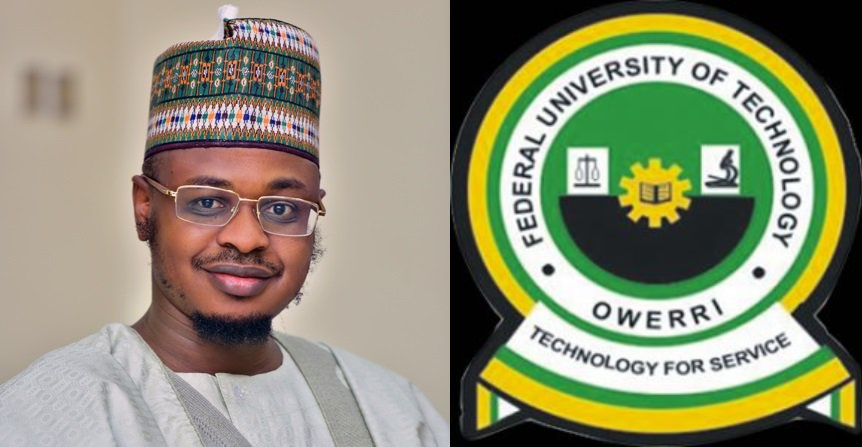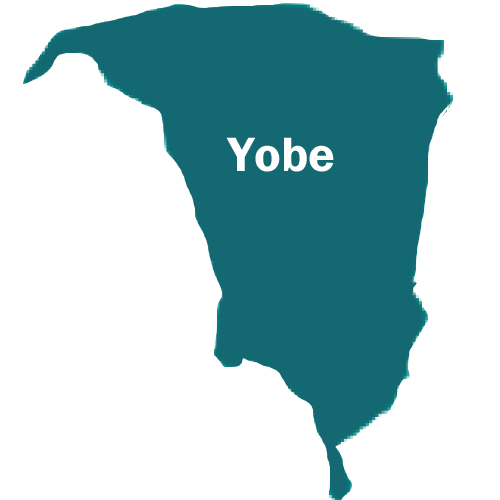As Governor Fintiri constructs the first superhighway in the Northeast
By Zayyad I. Muhammad The Adamawa state government, under the leadership of Governor Ahmadu Umaru Fintiri, has commenced the construction of a 20.8-kilometre superhighway in Yola, the Adamawa state capital.…



